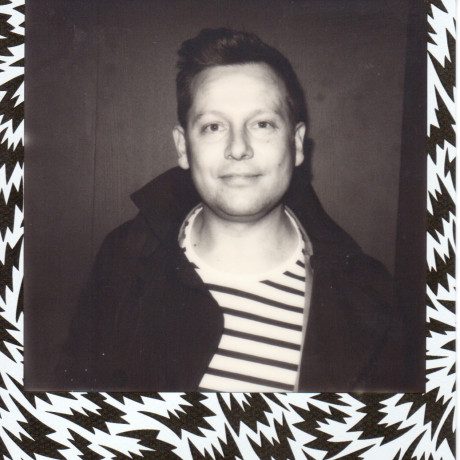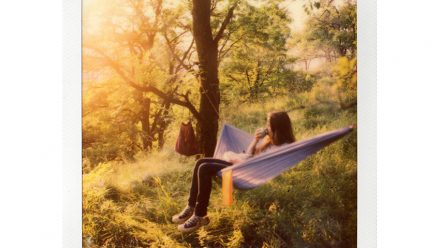In Conversation with Andy Church: Kodak Alaris
Rumours are circulating about the future of Kodak Alaris, with Kodak Alaris CEO Marc Jourlait stating plans to “explore sales of some or all assets”, and that “PPF, [paper, photo chemicals and film] in particular” has been disclosed as at an advanced stage of negotiations with potential buyers. In our latest ‘In Conversation’ piece, we catch up with Andy Church, who has been a part of the company’s yellow fabric for the past 30 years to talk about the company’s setup and what we can expect in terms of film stocks that might be heading to market in the coming months and years.
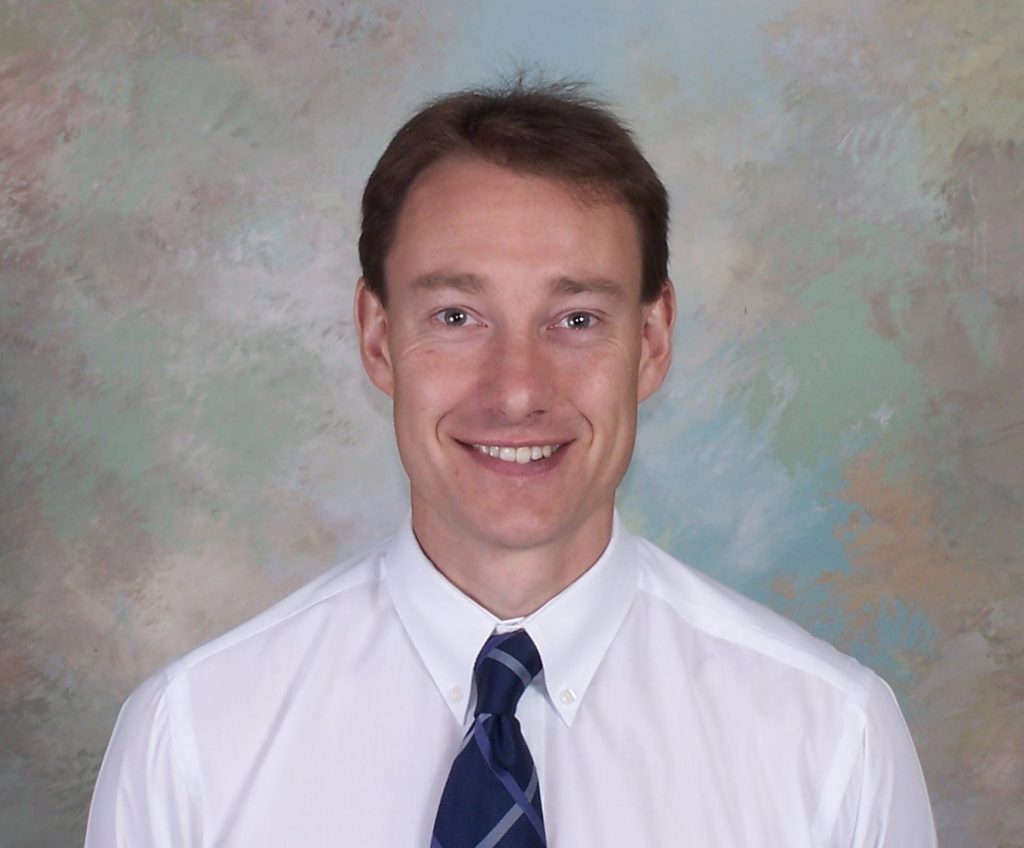
Simon Skinner: Andy, can you please tell us a little about your journey within Kodak over the years?
Andy Church: Sure. Well, I started life as an engineer, then moved into R&D before getting involved with manufacturing. I worked as a customer advocate, firstly in the Graphics Arts Film Industry, then moving into the Photographic Division around 20 years ago. I worked in Colour Negative Paper manufacturing initially, where I was responsible for the Manufacturing Release Standards, [i.e making sure a product is saleable and setting the boundaries for any defects that could occur]. I managed a team of people, looking after customer reactions, trade trials, conformity to production standards and product training for Sales and Marketing. At Harrow, we used to resin coat photographic paper, apply a light-sensitive photographic emulsion and slit the large parent rolls into customer sized rolls before shipping to the warehouse for distribution and sale. I was responsible for the quality standards for this process.
SS: So as volumes declined in these products at Kodak, how did you see the effects personally within the company?
AC: The most noticeable difference was having fewer people leading to more direct responsibility. I was ‘Quality Leader’ for photographic paper for more than 15 years and for the past 3 – 5 years, I’ve been working as the EMEA Regional Business Unit Manager for photographic paper, chemicals and film.
SS: A broad responsibility.
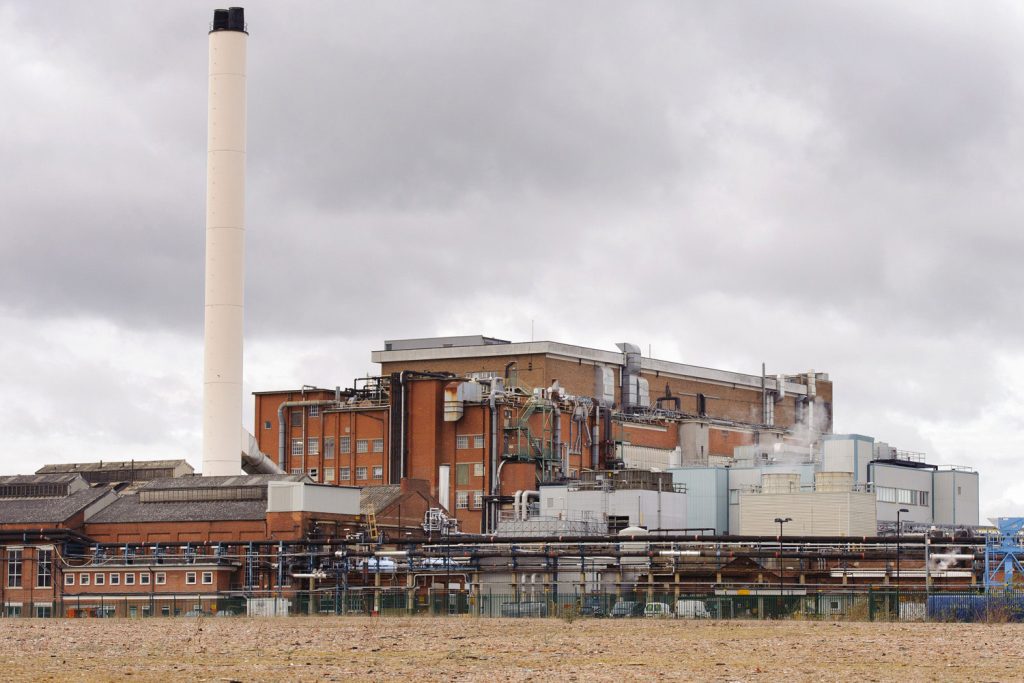
AC: It is. I look after the sales and marketing for all of the traditional products for Europe, Middle East and Africa.
SS: Excellent, so we’re keen to find out more about the current film market. Lots has been reported, not least by us, about the growing popularity of analogue photo products. Can you please tell us a little about Kodak Alaris’ perception of how the film market has been and is now performing?
AC: Well, it’s no secret that the film market has been in huge decline for around 20 years. This has been largely driven by the advent of digital cameras/digital capture devices which has led to significant year on year volume declines for film. Kodak is in a slightly more fortunate position compared to our main competitor due to our strength in Entertainment Imaging film, [that’s celluloid or motion picture film to you and me]. This gives us a certain critical mass and scale, which has enabled us to keep going in terms of manufacturing a wide selection of our films. We are an interesting company, due to our history and the way we continue to work with Eastman Kodak.
SS: That’s right, I remember when Eastman Kodak went into administration in 2012; wasn’t it at that point that the company as it was, was divided up with various sections being peeled off to service the pension fund?
AC: To cut a long story short, the biggest creditor that needed to be settled before Eastman Kodak could exit Chapter 11, [a process in the US that provides Bankruptcy Protection for companies] was the UK pension fund, Eastman Kodak sold 2/3 of their businesses to the pension fund. This included the licence for global sales and marketing for still film, with Eastman Kodak retaining ownership of film manufacture and sales of motion picture film, along with some other specialist films like PCB, aerial film, etc.
SS: So, can you break down the various operating divisions within Kodak Alaris as it stands today:
AC: Yes, so alongside the PPF business, which is made up of film, photographic paper and photo chemicals, is the ‘Kodak Moments’ business. There, you’ll find the new ‘PixPax’ print product and all of the retail elements of Kodak Alaris like prints produced on thermal printers etc. Kodak Moments is approx 5x the scale of the PPF business. Then there’s the Document Imaging business, where they produce scanners and printers for business applications. This is a
SS: Along with this shift in ownership, there’s been a lot of movement in terms of demand in recent years. Tell us a little about your views on the appetite for analogue photo gear.
AC: Historically ‘Building 38’ in Rochester, NY, would manufacture millions of rolls of Kodak branded film each and every month in order to satisfy global demand. The numbers are now much, lower and they’ve had to rescale the production process in B38 as a result. The good news is that, in the last three years the decline in film sales volume has stopped. In fact, we’ve started to see growth.
SS: A modest increase is incredible news for any business that’s witnessed a decade and a half of decline.
AC: It is, but it’s not all down to growth of the market, although the market has grown. Kodak products have seen significant growth, but we’ve also picked up market share.
SS: OK, getting back to the demand and with the knowledge that the ongoing company structure is largely due to historic corporate dealings; what’s your view on consumer appetite for film products?
AC: Firstly, there’s still a large demographic of ‘old school’ photographers, who still like to buy film and go through the traditional process of capturing an image on film to produce photographic prints. Some will still shoot a years’ worth of events on a single roll, including their summer holiday, family birthdays and Christmas! As those numbers inevitably decline, we’re also finding people who are rediscovering film and treating it as a hobby and/or an art form. From there, you’ll have a dedicated professional or keen amateur who simply enjoys the format, aesthetics and the process of using film.
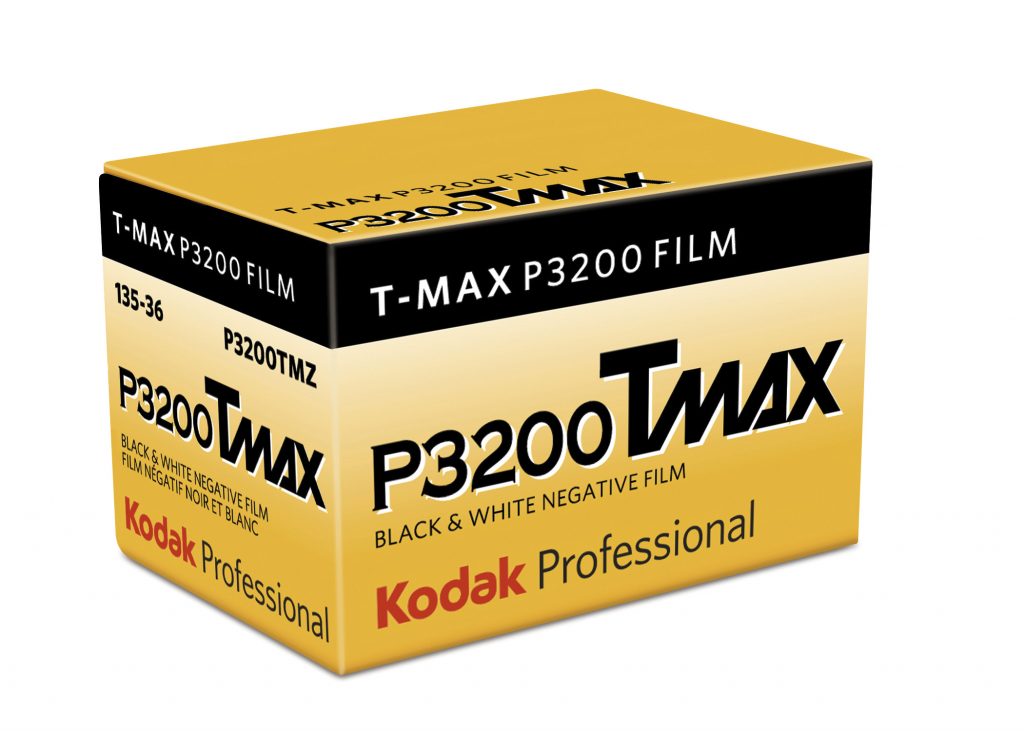
Kodak Professional TMAX P3200 Black and White Negative Film. 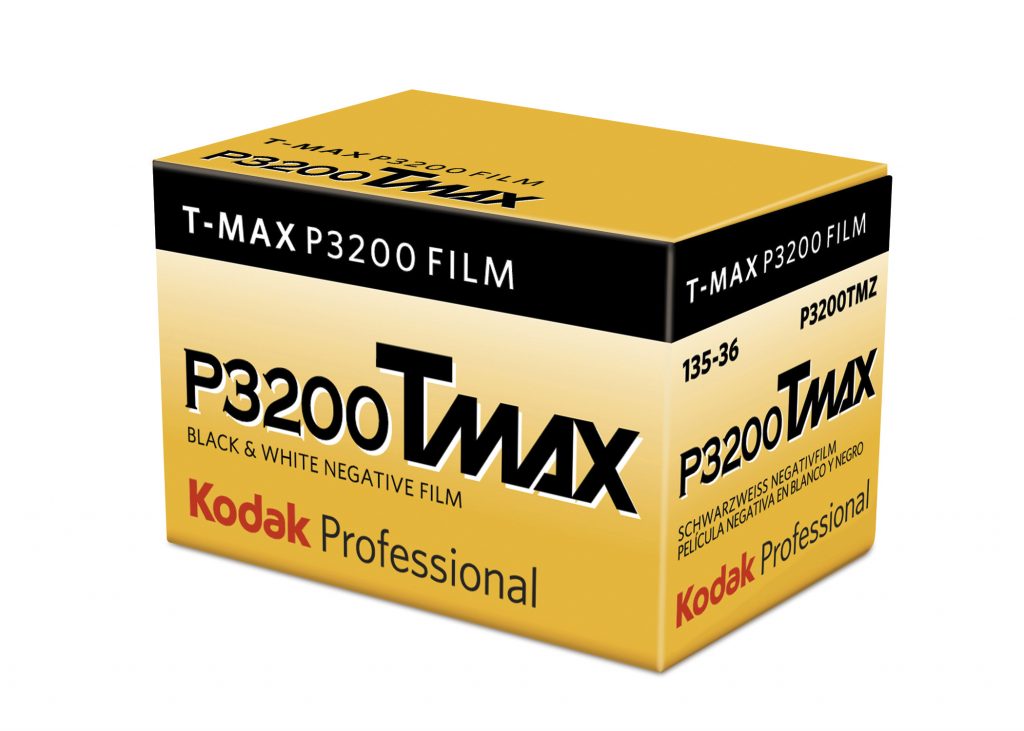
Kodak Professional TMAX P3200 Black and White Negative Film. 
Kodak Professional EKTACHROME Color Reversal Film E100. 
Kodak Professional EKTACHROME Color Reversal Film E100. 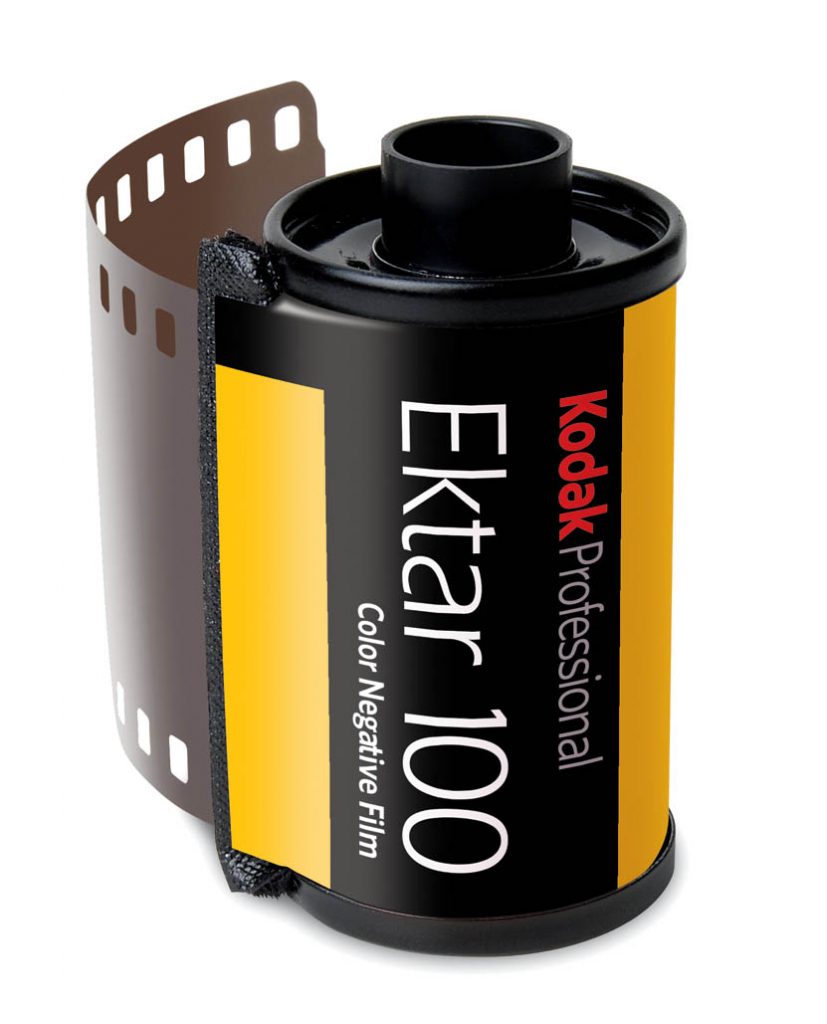
Kodak Ektar 100 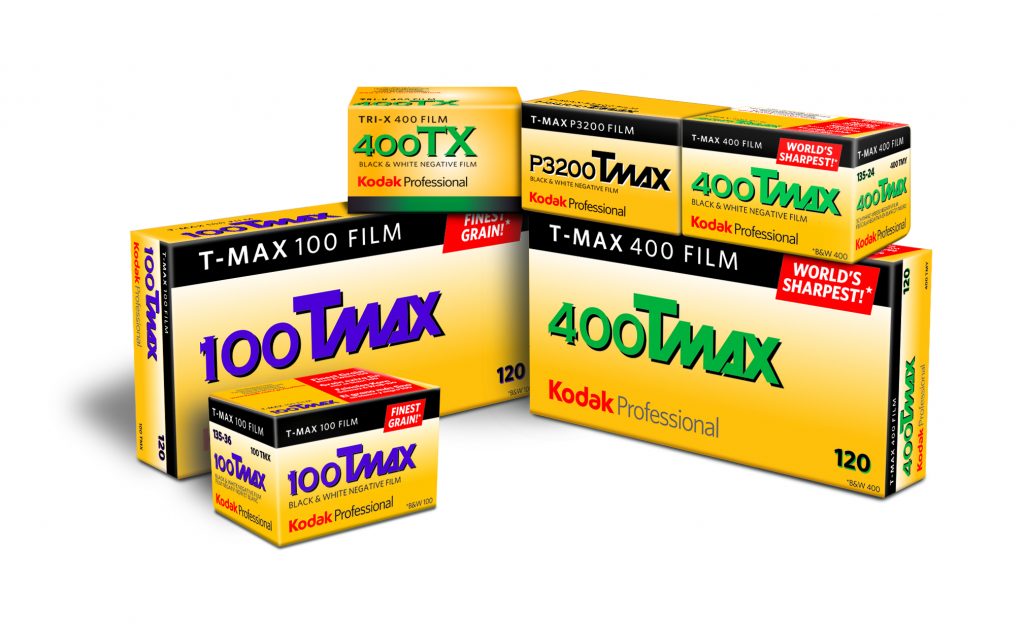
Kodak’s family of B&W film products. 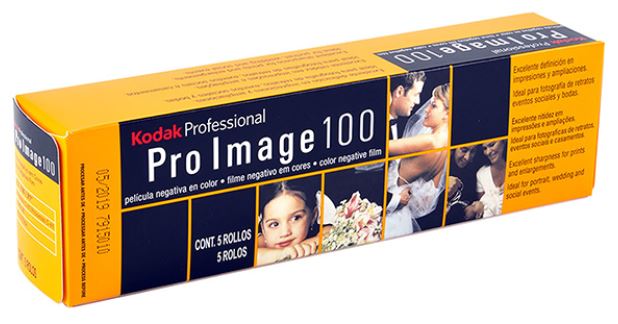
Kodak Pro Image 100 Film. 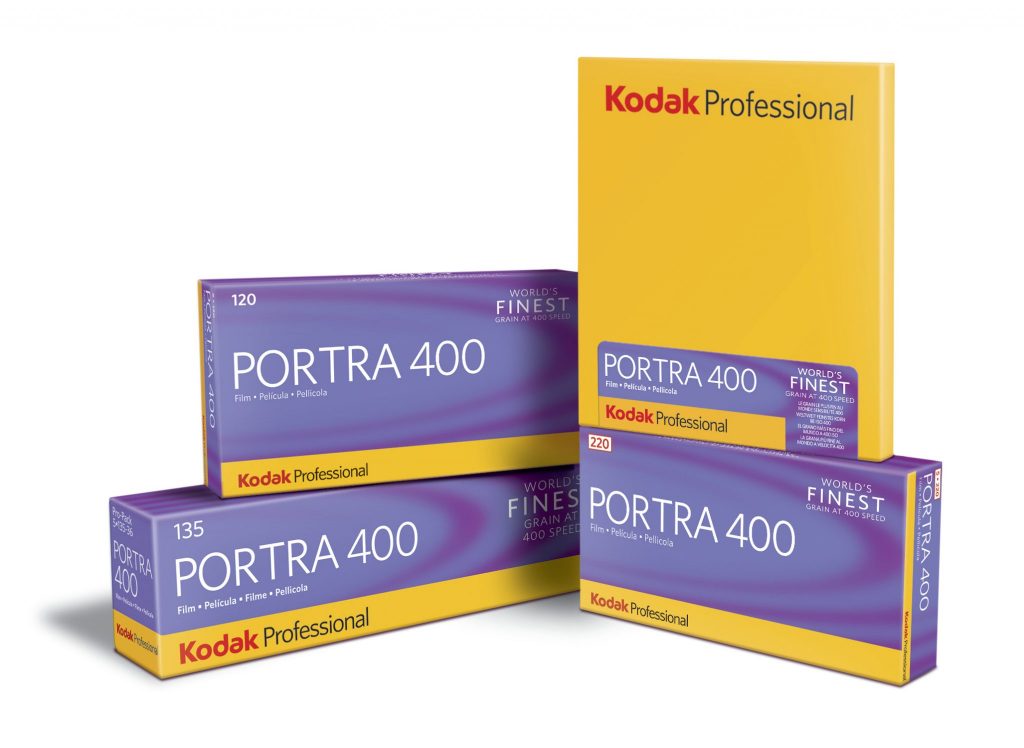
Kodak Portra Film Family. 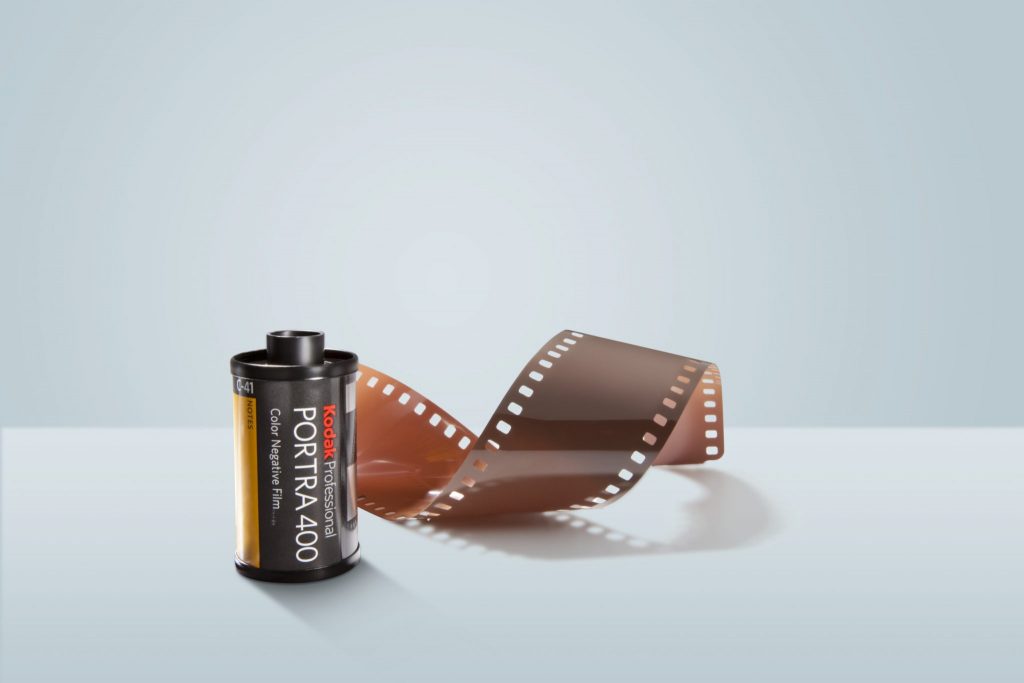
Kodak Porta Film. 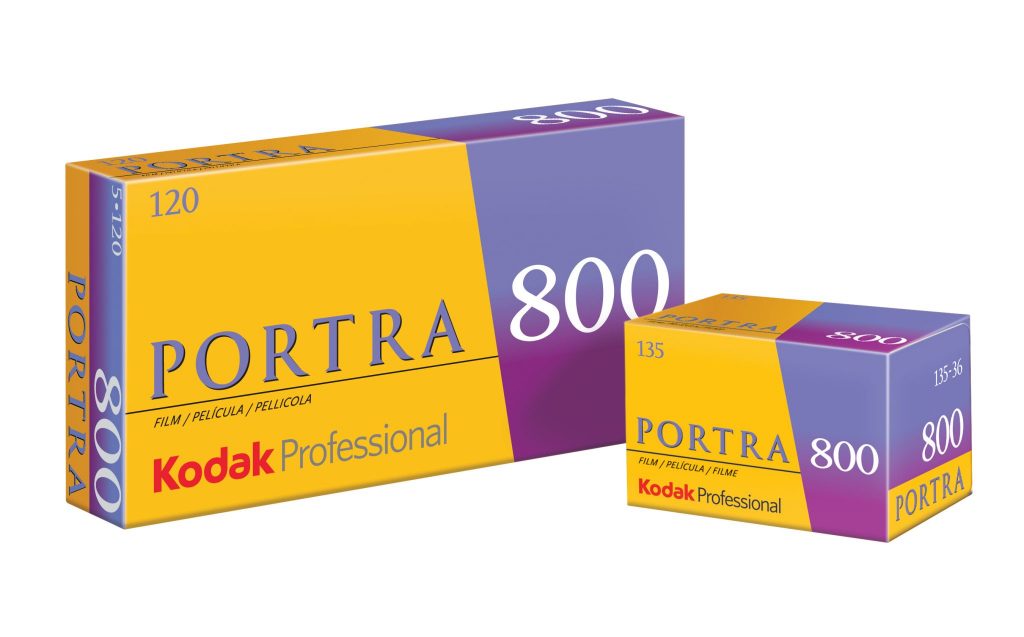
Kodak Porta 800 Film. 
Kodak Porta 400 Sheet Box.
SS: Do you see this customer as a younger user, who’s discovering analogue photography as a new technology, or ‘older’ people rediscovering the format?
AC: A bit of both, really. Some professional photographers have stuck with film. Others will use a mixture of traditional film and digital capture, they both have their own benefits. Shooting digital will give you an instant reference, whereas film photography will make the creative think differently. The composition of an image is a stronger thought process when shooting with film and I think that’s where the art, professionalism and some of the extra interest and excitement comes from.
SS: So a mixture of people discovering film and plenty who have ‘gone digital’ and are now going back to shooting with film, even if in part.
AC: Yes. In my experience in recent years, I’ve seen a real mixture. More recently; through social media, lots of ‘new’ people discovering film as a hobby, trying out all different types of film to capture their memories.
SS: And what about the work through from a shot, to scan, to print?
AC: How much is scanned and viewed on a screen and how much is printed really varies from person to person, but there’s definitely a swell of people who are buying film and film cameras and are enjoying the whole process.
SS: What areas form the major focus for your part of the business in 2019? We’ve seen the relaunched Ektachrome E100 in 35mm and hear rumours of 120 and large format versions being in the pipeline. Is this true?
AC: We brought back Kodak TMax P3200 high speed black & white film in February 2018, followed by E100 in 35mm during Photokina 2018. Sales have exceeded expectation, as a result, we are looking at making it in other formats, although this can be a complicated process as it’s produced on a different base type. Therefore the sensitised emulsion requires reformulation, which takes time. At the height of film production, there was a much bigger research & development team, as time has progressed and the market/appetite has changed, the team and available technical knowledge has reduced therefore everything takes longer.
SS: So there’s a long turnaround time expected for each new format. What level of involvement does Eastman Kodak have in the process?
AC: Eastman Kodak does the development work, not Kodak Alaris, so we have to go to them with any requests for products that we’d like to bring to market, present a business case and ultimately jointly agreeing on the way forward. Film development is a complicated process even if you are aiming to re-establish an old film as many of the components that would have originally been available to make the film are no longer available, [for various health and safety/ environmental reasons]. It’s a long process; when you’re developing a film item you have to design the emulsion structure, produce small scale pilot coatings, test the new product and often head back to the drawing board, [more than once]. The cycle time to produce the film, test a range of parameters and check the data can take months between each iteration, therefore a year can pass by very quickly. As an example, the intent to recreate E100 in 35mm was announced in January 2017 but it wasn’t until September of 2018 that the product was announced and ready for the market.
SS: A slow process!
AC: Yes, but we’ve seen a lot of positivity on the back of launching Ektachrome and the TMax P3200 and we are looking at other films that we could bring back.
SS: So stocks like the Ektachrome 400X, Elite Chrome 100, Plus X and Ektar 1000 are films that have been hugely popular and are largely missed by legions of photographers and I’m sure that they’d be warmly welcomed back into the world.
AC: Definitely! If you were to list the films the most people would like to see return, from what I hear, those would likely top the list.
SS: And with your
AC: I think Plus X. This was a film that had a great look and feel to it. It was a black & white film that was ultimately replaced by TMax 100. [n.b. Plus X was a 125 ISO film and was one of Kodak’s most revered black and white films, loved by photographers due to its old world character].
SS: Well, thanks for your time Andy. It’s been great to talk and we hope to catch up again soon for any updates on the possible business news and certainly any products that might be on the radar.
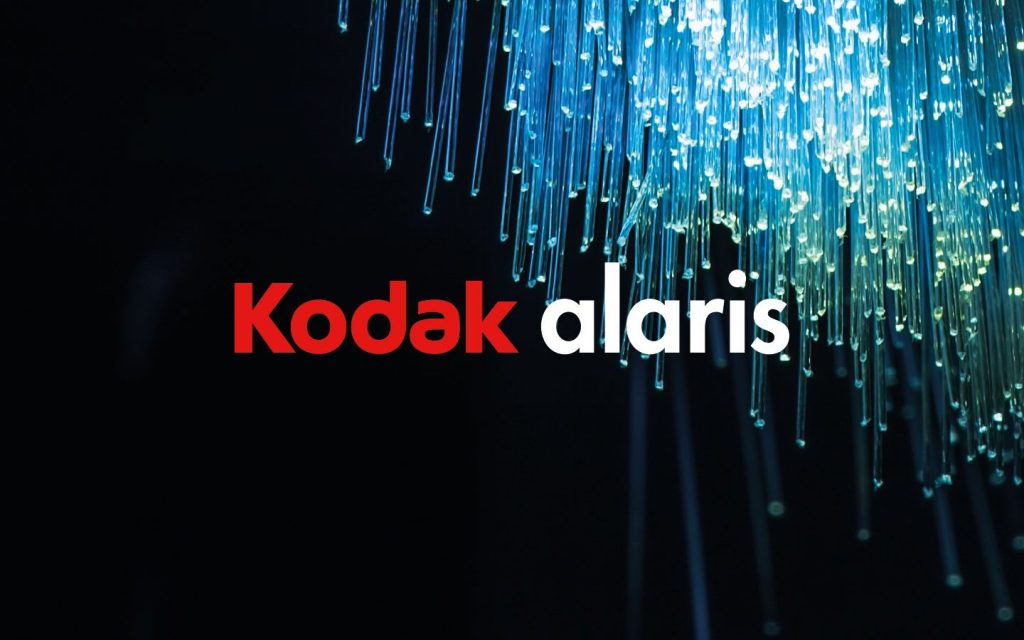
For more info, head to Kodak Alaris‘ website. We will continue to address rumours as they continue to circulate about the sale of departments and the development of new products.

